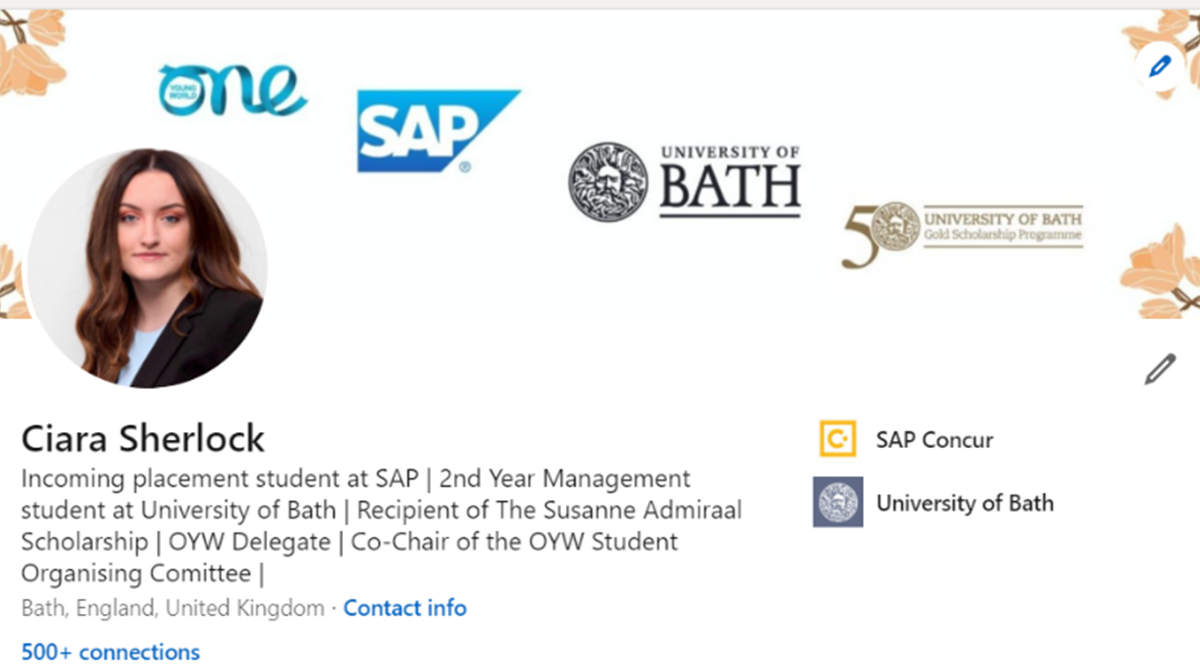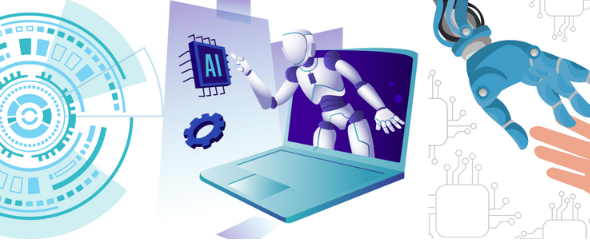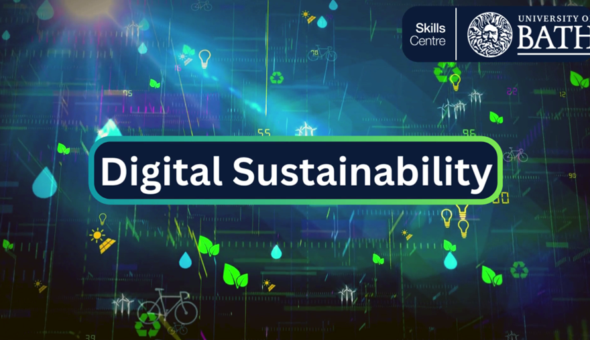Skills Co-Creator Ciara explains how she has used LinkedIn to build her digital identity, network with others and search for a placement.
@uniofbath Join Ciara from the Skills Centre to learn about the importance of Digital Identity Management #LearnOnTikTok #uniofbath #bathuni #skills
Although it's hard to test, I believe my LinkedIn profile played a role in my placement search. There are a few tips I'd give you to make sure you’re making the most of it. Feel free to add me and reach out if you want any help! (www.linkedin.com/in/ciara-sherlock)
Digital identity management
Although we've always been warned about how we post and come across on social media, most students forget how social media can be used to build your online identity and help with your job search.
I started to develop my LinkedIn profile in my first year. LinkedIn is a great example of digital identity management and has made a huge impact both on my career prospects and building my network.
Top tips to set up your profile
Profile picture
Employers like to put a face to a name, so when you submit your CV, whether the link to your profile is on it or not, they will most likely search for you to see what you look like and to see what you post.
I’ve used two main images for my profile picture - one is the one pictured, and the other was where I was dressed casually and was smiley and it had the campus lake in the background. As long as it’s appropriate and professional it will be perfect.
For reference I used the digital platform ‘Canva’ to create the heading image pictured. Canva is free and a great tool for digital creation!
Headline
On LinkedIn you can put a ‘headline’ under your name, which is designed to tell your connections key information about you. You want a good headline as this should help catch people’s attention and communicate to possible connections who you are.
So, this should include what year, course and university you are at, any current roles you hold in a job or society, and any other key information you think is relevant.
For example, mine is:
‘Incoming placement student at SAP | 2nd Year Management student at University of Bath | Recipient of The Susanne Admiraal Scholarship | OYW Delegate | Co-Chair of the OYW Student Organising Committee |’
Networking
Of course, you should add people, but for LinkedIn to make an impact on your placement search, you need to add relevant people.
At the beginning you’ll probably add people you already know, students doing the same course as you, lecturers and so forth.
But what I did, if possible, was add the people who were interviewing me before the interview, or after if I didn’t know who they were beforehand. Not only do they get a notification when you view their profile but by adding them it forces them to look at your profile which is exactly what you want.
I used my LinkedIn to get my personality and passions across, which were from the posts I share. I also used it as a digital CV; if any work experience wasn’t relevant enough to put on my CV, I’d put it on LinkedIn and that way employers can still see it and keep it in mind.
If you have any more tips for setting up your LinkedIn profile, please share them in the comments below.
Respond




